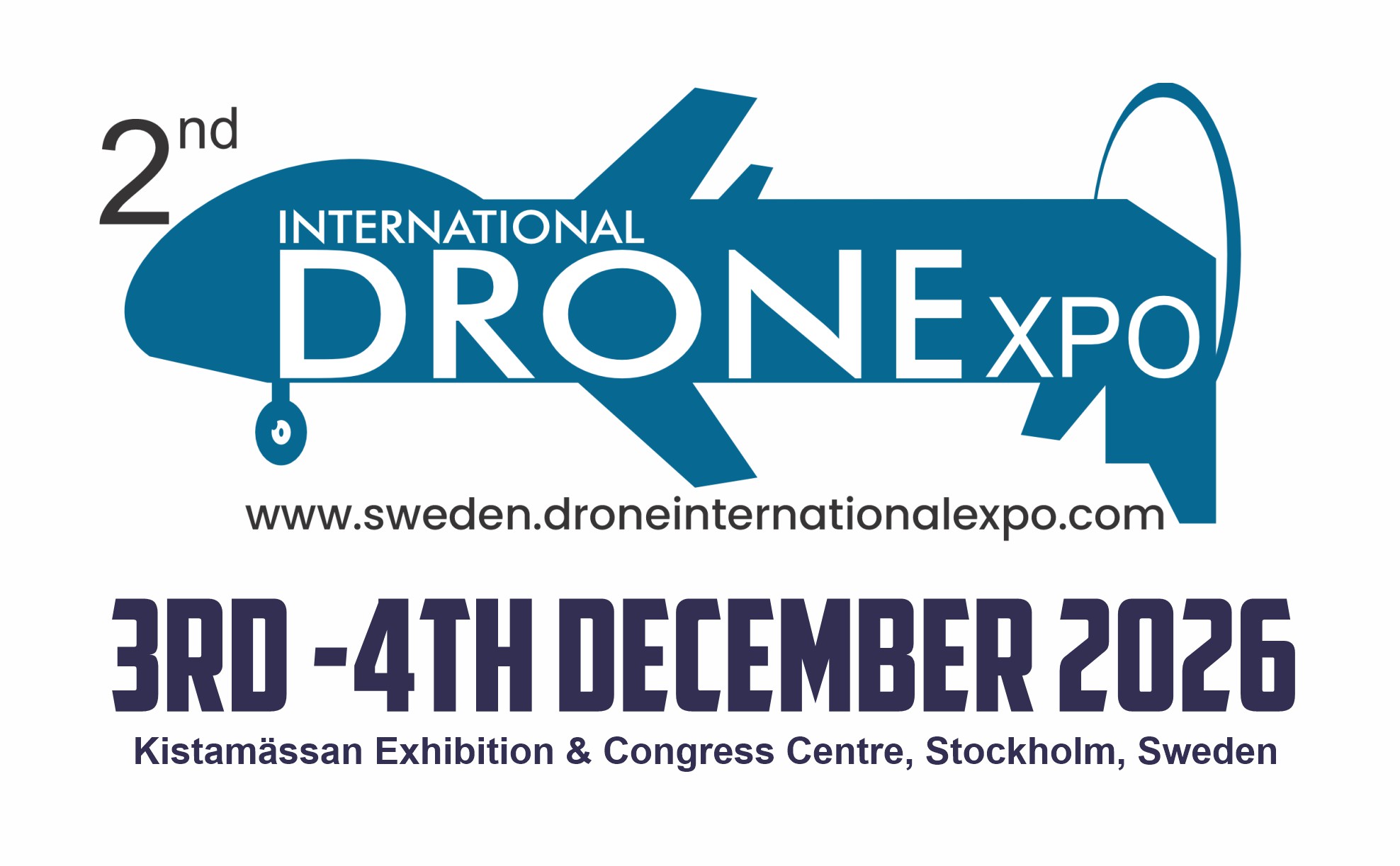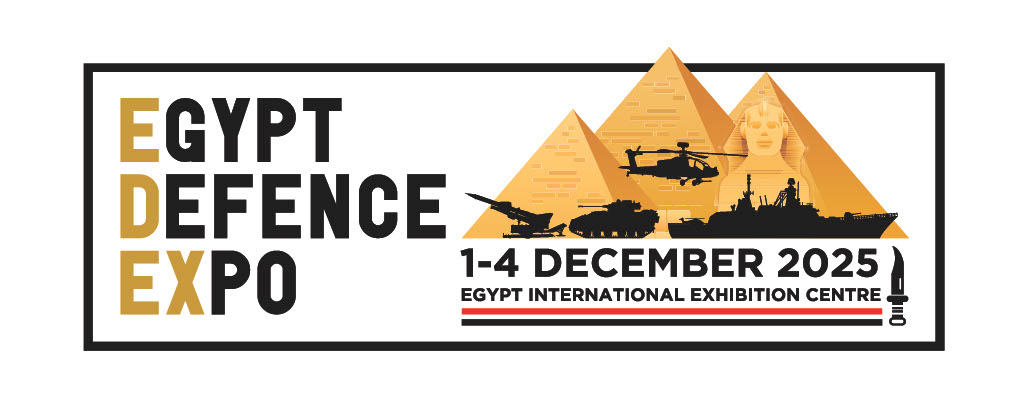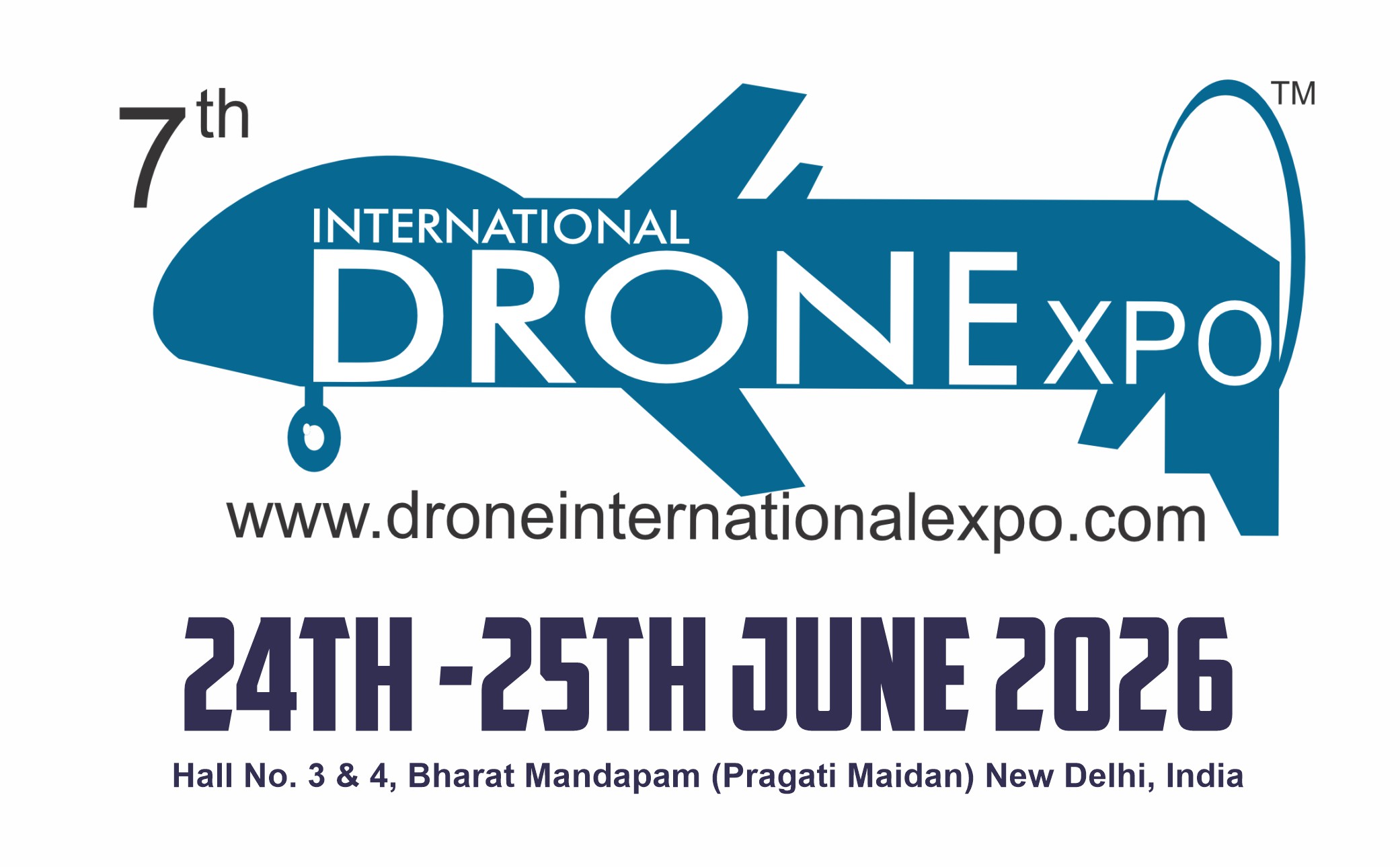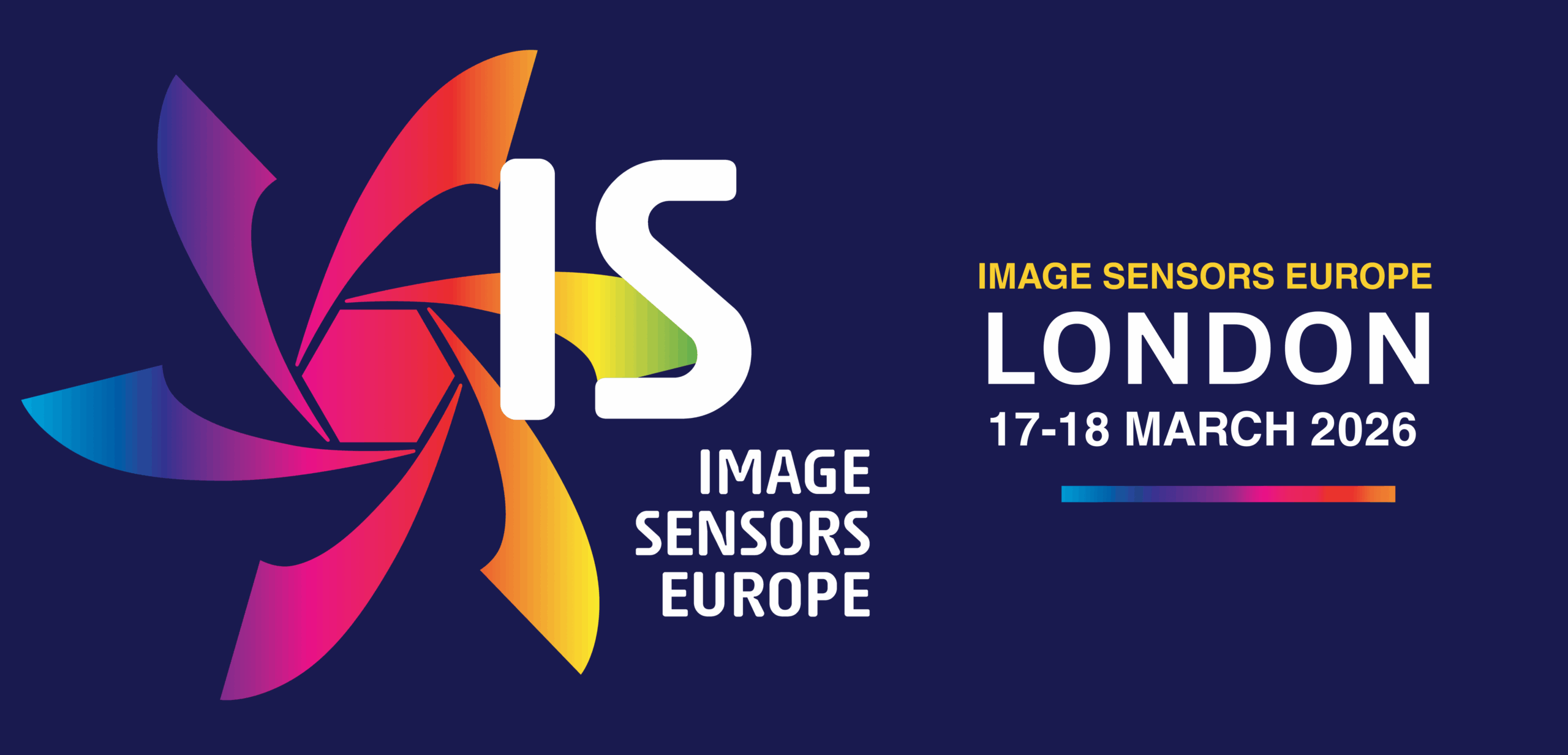Human-machine teaming
Now, here’s a thing
Human-Machine Teaming (HMT) in military operations is not new, but advances in AI and autonomous systems are forcing government and industry to rethink the relationship between people and machines. The kind of relationship they want to create is a symbiosis that enhances human decision-making and operational agility by blending the qualities of human machines. In a recent white paper written from a UK perspective, a team from Thales argues that understanding and embracing this human-centric approach is critical to shaping the future of military technology, writes Peter Donaldson.
Machines excel at processing vast quantities of data, identifying patterns and offering predictive insights with speed and consistency, while humans bring qualities such as ethical reasoning, creativity and contextual understanding into the mix. An effective HMT system, the team argues, isn’t about automating every task; it’s about designing a sociotechnical system that finds the right balance, acknowledging the capabilities and limitations of each.
Achieving this requires moving beyond the traditional ‘human-in-the-loop’ model, where AI is simply a tool for human decisions. The most effective HMT systems such as ‘human-on-the-loop’ and ‘human-out-of-the-loop’ allow AI to execute certain tasks independently while preserving the capability for human oversight and intervention. This approach can significantly reduce cognitive burden and improve situational awareness for operators.
One of the most critical issues is ensuring that AI systems are not ‘black box’ entities. For HMT to be effective, AI systems must be explainable such that operators understand how recommendations were derived; reliable, to perform consistently in varying conditions; and trustable, maintaining alignment with the commander’s intent and mission objectives. Without this, flawed decisions can undermine trust, which can lead to underuse or misuse of a system, while over-reliance can lead to complacency and loss of skills.
This highlights the need for intuitive interfaces, the design of which must be grounded in deep understanding of the tasks that operators must perform and the cognitive demands placed upon them. These interfaces must reduce the complexity that human operators face, but without dumbing it down. Only by involving end-users in the research and development life cycle can industry develop solutions that address real-world challenges.
Trust is foundational to effective HMT. Operators must feel in control and understand the system’s rationale. Building this trust will take realistic trials, clear communication from the system and joint human–machine training exercises. Such exercises are vital if operators and AI are to learn and adapt together.
Ultimately, the goal is to enhance human capability, not replace it. HMT allows exploitation of the superior data processing power of machines while preserving the judgement and moral agency of the human operator. This aligns directly with the principle of meaningful human control, ensuring that human beings remain responsible for decisions, especially in high-stakes situations.
By prioritising human-centred design, embedding ethics into development and investing in training, the UK can lead the way in responsible AI adoption and ensure that the country’s defence remains at the cutting edge, the team argues. The future isn’t about machines, but about the intelligent ways in which they are teamed with people.
UPCOMING EVENTS




















